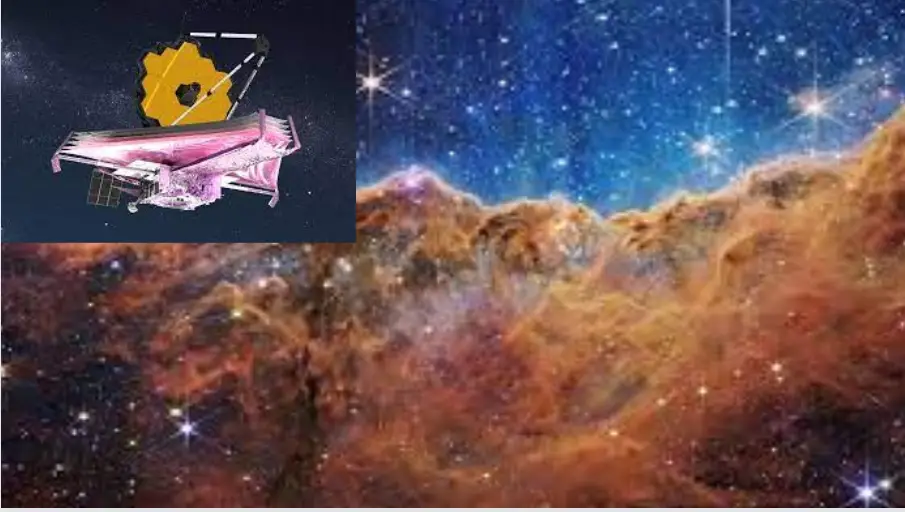Before he was known as one of the most influential scientists in history, James Webb had to start out somewhere. Though he would go on to become an internationally recognized scientist and astronomer, his career didn’t just take off overnight; it took him years of hard work and careful planning to make this dream a reality. What’s even more amazing about Webb’s story is how quickly he was able to make such a significant breakthrough in cosmology and astronomy when he was only 24 years old, starting from almost nothing but his determination, his passion for the field, and his dedication to the pursuit of knowledge.
Do your research
The new space telescope won’t launch for about a decade, but as of today we can start counting down to its 2023 arrival. That’s because NASA just announced that it has chosen Northrop Grumman (NYSE:NOC) and Ball Aerospace & Technologies Corp. to begin building James Webb Space Telescope’s replacement instruments. These include an infrared camera, near-infrared spectrometer, near-infrared imager/slitless prism and mid-infrared instrument. These four instruments will replace ones built by Johnson Space Center in Houston for use on Hubble; when JWST launches in 2018, these original instruments will be removed from Hubble to make room for JWST’s suite of cameras. So why did NASA choose these two companies? What do they plan to build? And what does all of this mean for astronomy?
Make sure you get something concrete
In 1965, two years after becoming a full-time astronomer at Caltech, he made an unprecedentedly precise measurement of how fast distant galaxies were moving away from us. This was a seminal discovery, because it let astronomers know for sure that our universe wasn’t static—that its size had changed over time. It also meant that there must be some mysterious force driving those galaxies apart. And so began cosmologists’ quest to find out what exactly was making up most of our universe (spoiler alert: dark energy). The result is today known as Hubble’s law, and it has become one of astronomy’s biggest success stories. In 1995, NASA even named its next space telescope after him: The James Webb Space Telescope will launch in October 2018 and look back on everything we can see in deep space. At more than six times larger than Hubble, it will allow scientists to peer deeper into space than ever before.
Present your research clearly
The importance of simply having a clear, organized, and well-researched outline for your paper cannot be overstated. Presenting your research clearly and concisely will not only earn you more respect from your instructor but can also save you time that might otherwise be wasted in reworking your ideas into a tight argument. If you’re struggling to present your research effectively, ask yourself these questions:
1) What is my thesis?
2) What are my main points?
3) How do I structure these points?
4) What evidence do I have to support my claims?
5) Am I using direct quotations or paraphrasing my sources?
6) Is each paragraph focused on one idea or does it meander between several thoughts?
Ask your peers about it
Dr. James E. Webb, who passed away in December 2014, is best known for shaking up cosmology, according to a New York Times obituary. But what exactly did he do? To get started on your piece of writing, ask people you know if they can explain how Dr. James E. Webb made a big impact in his field and why his peers think he was an innovator among cosmologists today. If you’re not sure where to start, try asking one or two simple questions like what is cosmology? or how did Dr. James E. Webb change it? Also, don’t forget to check out some related articles that have been written about Dr. James E. Webb and cosmology at large by other writers (like those linked above). You can also look into other influential scientists who have shaken up their fields over time as well (Newton comes to mind). Try to find something similar between these pieces of writing and yours – perhaps a common theme or idea that unites them. This will help you develop your own voice as a writer and make your work more original. When deciding on what angle to take with your piece, consider which perspective would be most interesting to readers – whether it’s focusing on Dr. James E. Webb himself, his family life, his background before being a scientist or anything else! Be creative!
![]()
